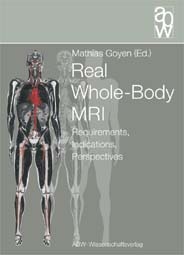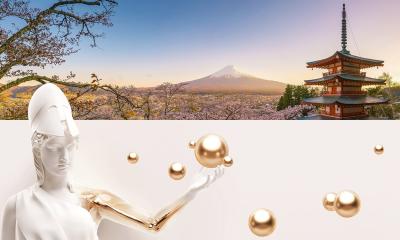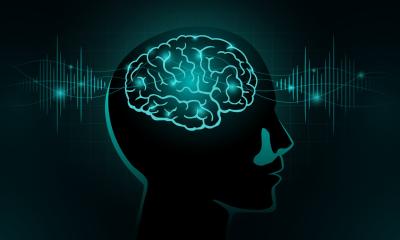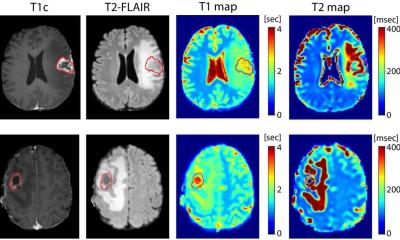BOOK REVIEW
Professor Stephen Eustace, of the Institute of Radiological Sciences, Mater Misericordiae Hospital & University College Dublin, reviews a new book on MRI, compiled by Mathias Goyen, who also recently received the KlinikAward 2006 in the 'Manager of the year' category

When Lauterbur and Damadian originally described clinical MRI they believed it would become the ultimate whole body imaging tool. Limited by excessive time to acquire such images and associated impact on image resolution, it evolved as a technique to image individual body parts. The development of fast tissue excitation pulse sequences fostered by Hennig, paralleled by the development of fast flexible localising gradients, has lead to renewed interest in its potential use to image the entire body. Although many clinicians and researchers in both North America and Europe have embraced and shaped its development, many recent cutting-edge developments in this field have been driven by researchers in Germany. Therefore, it is appropriate that this book, dedicated to whole body MRI, should be compiled by Mathias Goyen, supported by contributions from a number of co-authors representing many of the major academic centres in Germany.
The book provides an excellent contemporary overview of the field of whole body MRI. It is clearly laid out, well written, illustrated and referenced.
The first two chapters review the technical requirements for successful image acquisition. These are followed by a series of chapters reviewing clinical applications, oncological and non-oncological, including its use as an alternative to scintigraphy in the detection of skeletal metastases, as an alternative to PET CT, and its use in assessing body composition, the vascular tree and, finally, as an alternative to autopsy. The book is completed by reviewing the more contentious role of whole body MR imaging as a method of screening for disease; these chapters are both interesting and provocative.
It provides a practical and complete overview of this exciting new technology and is likely to prompt further research and development in the field, ultimately leading to improved patient diagnosis, care and outcome. I strongly recommend this book to radiologists, particularly those with an interest in clinical MRI, practising in both academic and clinical regional centres.
* Mathias Goyen (Ed.): Real Whole-Body MRI First Edition (July 2006). ABW Wissenschaftsverlag Berlin. 206 pages, 181 illustrations (25 colour). Language: English. ISBN: 3936072493. Euros: 49.95.
17.11.2006











